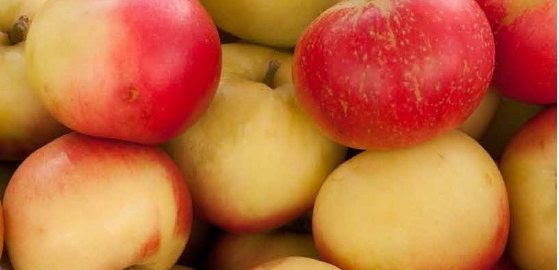5 Portions of Fruit and Vegetables a Day.
Learning Outcomes:
- To understand what counts as a portion
- To learn the importance of fruit and vegetables for health & wellbeing
- To know how their own fruit and vegetable intake compares with the “5-a-day” target
- To be aware of how our environment influences our food choices
Key Vocabulary:
Fibre, vitamins A,C & E, folic acid, magnesium, blood pressure, cholesterol
Recalling previous learning on the Eatwell plate, ask pupils why fruit and vegetables are important for our health? This lesson links well with the fibre lesson plan.
Key nutritional benefits of fruit & vegetables:
- Fibre – healthy digestion and control of sugar and cholesterol in blood* (for good mood & healthy heart)
- Vitamins A, C, E and one of the B vitamins called “Folic acid” – help keep a healthy heart, blood & brain
- Minerals: Potassium – keeps blood pressure** down so good for the heart; and Magnesium: found in green veg and keeps us calm
In addition to learning about the above benefits, you can explore all or any of the following:
- 5-a-day and your diet: You could ask pupils to record their fruit and vegetable intake for a week.
- 5-a-day and your environment: One factor affecting food choices is availability! Where can you get vegetables from within walking distance of school or home? How about fruit? How far do you have to go to get a good choice? Can you get one of your 5 a day from your local take-away? Now compare this with less healthy choices like crisps, fizzy drinks and chocolate.
- Involve the school cook: Consider working with her/him to arrange some tasting sessions of different vegetables and salads from the school menu, asking pupils to come up with ideas for making these more popular.
- Fruit or Juice?: Ask the pupils if they drink pure fruit juice or fruit smoothies. Note that a small (150ml) glass counts for 1 of your 5 a day, but at least 4 portions should come from actual pieces (which have more fibre). See the BDA Sugar Food Fact Sheet (referred to in the Sugar lesson plan) for more information.
Resources:
Extra information on “5-a-day is available online by visiting the NHS Choices website: click on “Live Well” tab, choose “Food & Diet” and then scroll down to “5-a-day”. In addition, note that the “Rising Stars” lesson plan has an inbuilt bias toward fruit and vegetables in the scoring system. If you have already covered the “Eatwell Plate” and “5-a-day”, then Rising Stars may be the next step.
Extra technical guidance notes:
*Pupils need to know that cholesterol is an essential form of fat in the blood. If it gets too high, our risk of getting heart disease or suffering a stroke increases.
*Pupils also need to know that our blood carries energy to our brain & muscles in a form of sugar called glucose. Our mood and health are better when are blood sugar is not too high and not too low.
** Pupils will need to know that if our blood pressure gets too high, we are more likely to get heart disease or suffer a stroke. Salt raises blood pressure. Potassium lowers it.


